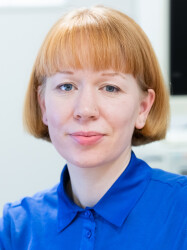BibTex format
@article{Allen:2021:10.1097/MOO.0000000000000708,
author = {Allen, JE and Clunie, GM and Winiker, K},
doi = {10.1097/MOO.0000000000000708},
journal = {Current Opinion in Otolaryngology and Head and Neck Surgery},
pages = {213--218},
title = {Ultrasound: an emerging modality for the dysphagia assessment toolkit?},
url = {http://dx.doi.org/10.1097/MOO.0000000000000708},
volume = {29},
year = {2021}
}

